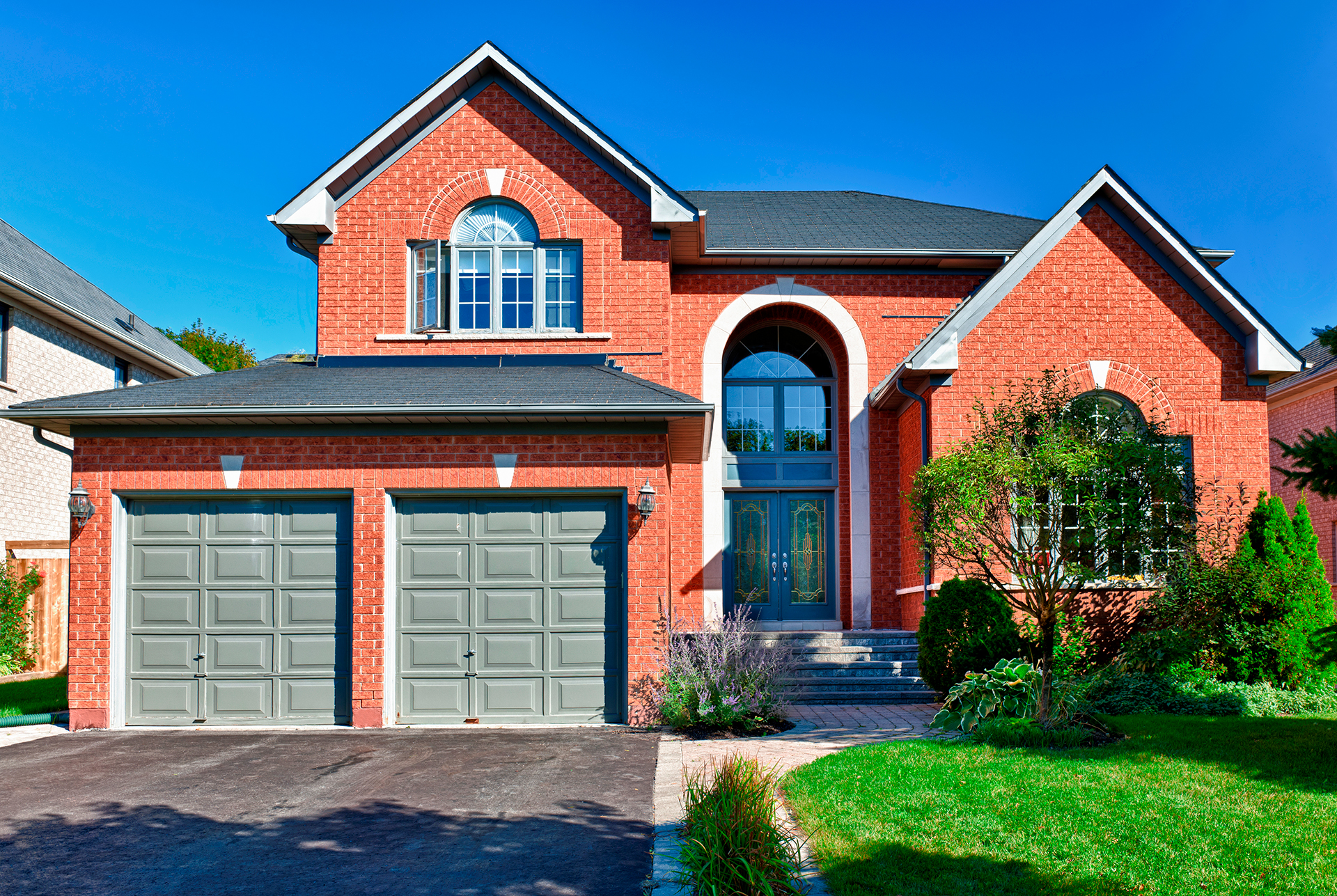Home insurance can be a tricky topic, and if you’re not reading the fine print, you could be relying on inaccurate myths to inform your coverage decisions. This month we’ll look at the top 10 home insurance myths and get the facts.
1. MYTH: You must have home insurance.
FACT: Unlike auto insurance, home insurance has not been made mandatory by the government. If you own the property and have a mortgage on it, often, your bank or lender will require that you hold an active home insurance policy and name them on that policy. If you do not own the property but are renting it, your landlord may require that you have renter’s insurance.
2. MYTH: If I am away on vacation, my house is covered.
FACT: If you simply leave for vacation without taking precautions, you are not always covered. Thus, if you go away during the “usual heating season” then you usually need to either:
Shut off the home’s water supply and empty all pipes or take steps to ensure the home’s heating is maintained. If you don’t take one of these two precautions, then you may not be protected against water damage resulting from frozen pipes that burst. Check with your provider to determine what length of vacation requires you to take extra precautions, such as somebody visiting your place on a regular basis in your absence. Different policies may require different frequency of those visits, but in general it is every 3-7 days.
3. MYTH: If I have valuables, they are covered.
FACT: A standard home insurance policy covers your personal property and most valuables up to the selected limit of insurance. It’s important to note that sub-limits often apply to specialty property, like jewellery or furs. For these items, you have the option of adding coverage to your policy. Often, you will need to provide proof of value (e.g. an appraisal or a receipt).
4. MYTH: If I have a home insurance policy, I am protected against sewer backup.
FACT: Sewer backup damage occurs when the sanitary and storm sewer systems cannot handle high volumes of water, which causes water to back up into your home through toilets and drains. As is the case with freshwater flood protection, most providers offer some sort of OPTIONAL sewer backup protection, but it is not usually included on default standard insurance policies. Just a few providers include it in their standard home insurance policies.
5. MYTH: My insurance protects me against flooding.
FACT: It depends on the type of insurance policy you have. Typically, a home insurance policy protects you against sudden and accidental entry, or release of, water in your home (e.g. burst pipes).
A standard home insurance policy often would not protect you against “overland flooding” (when water flows over normally dry land and enters your home through doors and windows, such as due to a river overflowing its banks or snow melting).
Prior to 2015, flood insurance was not available in Canada at all. Instead, homeowners and renters had to rely on the disaster financial assistance programs offered by the government. Today, most home insurance providers offer some sort of freshwater flood OPTIONAL protection. A few providers, such as Square One Insurance, automatically include it in all eligible policies.
6. MYTH: My home insurance only covers the house.
FACT: Home insurance policies cover your house and its contents. They also cover any detached structures on the property, additional living expenses you may incur if the house is uninhabitable, and personal liability exposures you may face.
For condos, policies also cover unit owner improvements and some assessments made against you by the condo corporation. Make sure that you have a thorough understanding of what it covers. Our overview of condo insurance (including quoting) will explain the details of condo insurance coverage.
7. MYTH: Home insurance covers the market value of my house.
FACT: Home insurance does not cover market value, only the rebuilding or replacement value of your house. If your house burns down, the purpose of home insurance is to cover the costs required to re-build the house as it was before the loss. Rebuilding value is typically lower than market value because it does not include the value of the land. Back to the example of your house burning down, the land is still there so your insurance does not need to “replace” the land. An insurance policy can often include costs to clean up the debris, such as after a fire.
8. MYTH: Home insurance covers earthquakes.
FACT: Your home insurance covers earthquake damage only is you purchased an “earthquake rider” on your policy. These are mostly meaningful in British Columbia and Quebec. Some providers, like Square One Insurance, automatically include earthquake protection in their policy.
9. MYTH: Insurance is cheaper for older, less expensive homes.
FACT: Insurance is usually more expensive for older houses since there is a higher chance that something will go wrong, and it will cost more for the insurer to fix it. Also, many older house elements, such as plumbing, are more likely to fail than plumbing in new homes that use upgraded pipes and materials.
10. MYTH: Insurance covers damages caused by termites and other insects.
FACT: Usually not. Make sure that you know how your insurance policy treats this kind of damage.


